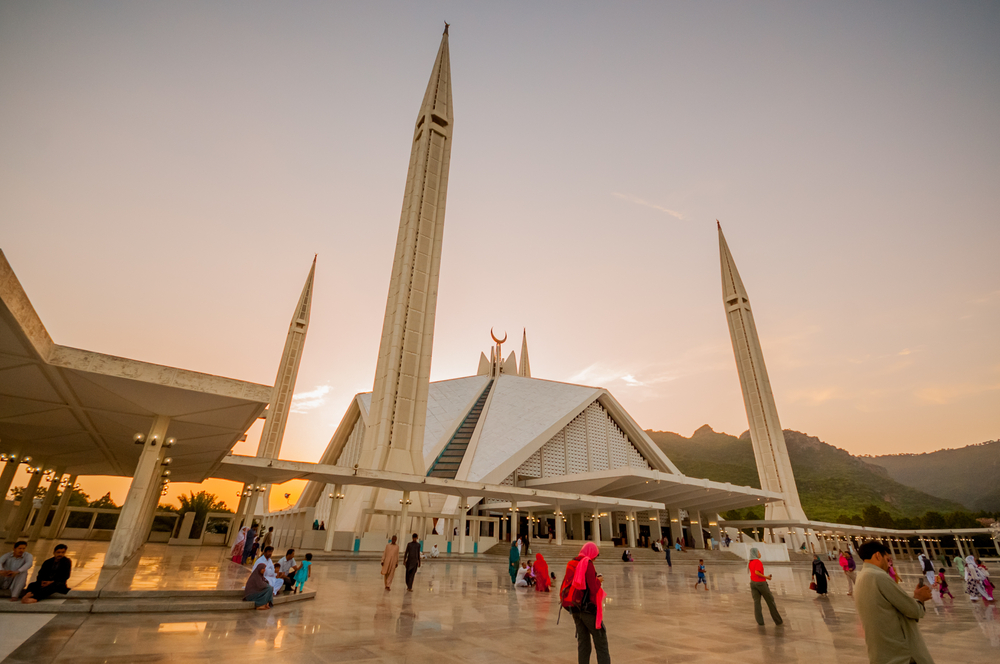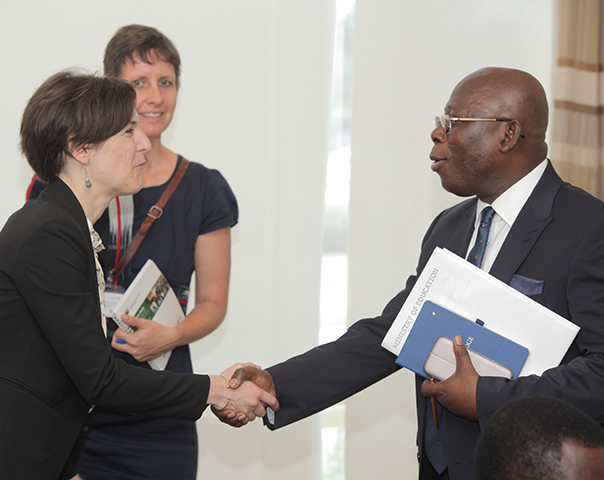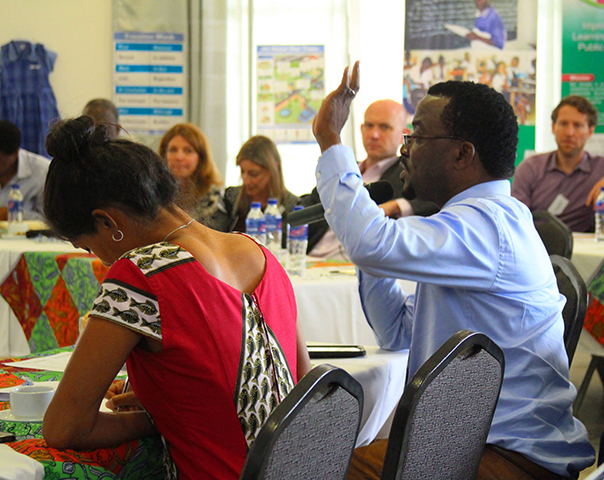The Economic Effects of Shia Sunni Contact in Pakistan

Co-funded by IPA’s Peace and Recovery Initiative, researchers conducted a randomized pilot study of an intergroup contact intervention between Sunni and Shia sect members in Pakistan to assess whether it improved communal harmony and reduced economic frictions. Prejudice towards the minority sect was reduced when participants both heard an imam promote inter-sectarian harmony and prayed with a worshipper from the minority sect.
The Shia-Sunni sectarian divide within Islam is a major source of tension in Pakistan, fueling violence in districts like Haripur, where the minority Shia community is increasingly targeted by extremist organizations. While intergroup contact programs are often used to reduce this tension, research has primarily focused on inter-caste, interracial, and inter-faith groups, leaving a notable gap in the evidence addressing intra-religious differences. This study is among the first to evaluate an intervention that explores intra-religious differences among adults of all ages and socio-economic backgrounds in a developing country.
Researchers conducted a randomized pilot study of an intervention between Sunni and Shia sect members in Pakistan to assess its impact on communal harmony and economic frictions. They designed three interventions that leveraged the visibly different prayer movements of Shias and Sunnis, addressing a common source of tension—misconceptions about each sect's prayer practices. Researchers selected 24 Sunni mosques from 10 towns and villages in Haripur. A total of 302 worshippers were randomly assigned to the following groups:
- Group 1: Volunteer worshippers attended prayers at mosques of the opposite sect twice daily over ten days.
- Group 2: The Imam, the leader of the mosque, read a unifying verse from the Quran, promoting inter-sectarian harmony before prayers.
- Group 3: Participants received both interventions one and two
- Group 4: Non-intervention comparison group
Researchers measured worshippers’ beliefs and preferences about each sect through surveys, conducted before and after the intervention. To assess the program's economic outcomes, they used incentivized games and real-world economic activity measures, offering one or both of the following vouchers after the intervention:
- Book Voucher: Each worshipper could choose between a 20-percent discount for books about their sect or an 80-percent discount for books on the opposite sect.
- Plumber Voucher: A subset of participants received a voucher for services from one of two plumbers, with names visibly associated with each sect.
Significant effects were observed only when both interventions—praying with a member of the opposite sect and hearing a unity message from the Imam before prayers—were delivered together. The combined intervention led to more participants "switching," or choosing vouchers involving the opposite sect. Notably, more conservative individuals at the start of the intervention were harder to influence. Researchers suggest that government-owned mosques could integrate these interventions—delivering messages of religious harmony and encouraging worshippers to visit each other's mosques—to help reduce inter-sectarian tensions.
Funding Partner












